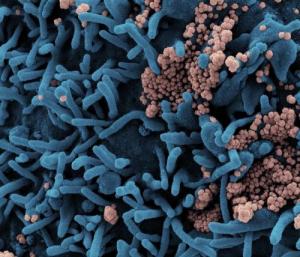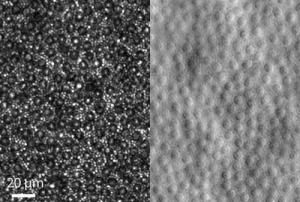Health
Campaign launched to make 30 km/h streets the norm for cities worldwide
Low speed streets save lives and are the heart of any community. 30 km/h (20 mph) speed limits where people and traffic mix make for streets that are safe, healthy, green and liveable, in other words, streets for life. The 6th UN Global Road Safety Week is calling on policymakers to act for low speed streets worldwide, limiting speeds to 30 km/h where people walk, live and play. Join the #Love30 campaign to call for 30 km/h speed limits to be the norm for cities, towns and villages worldwide.
- Read more
- 207 reads
Water, Sanitation and Hygiene: closing the gap to end neglected tropical diseases
Mar.22, on World Water Day, the World Health Organization (WHO) released its strategy on water, sanitation and hygiene as part of joint efforts by the water, sanitation and hygiene (WASH) and the neglected tropical diseases (NTD) sectors towards ending these diseases over the next decade.
- Read more
- 231 reads
NIAID Statement on AstraZeneca Vaccine
Late Monday, the Data and Safety Monitoring Board (DSMB) notified NIAID, BARDA, and AstraZeneca that it was concerned by information released by AstraZeneca on initial data from its COVID-19 vaccine clinical trial. The DSMB expressed concern that AstraZeneca may have included outdated information from that trial, which may have provided an incomplete view of the efficacy data. We urge the company to work with the DSMB to review the efficacy data and ensure the most accurate, up-to-date efficacy data be made public as quickly as possible.
- Read more
- 205 reads
Investigational AstraZeneca vaccine prevents COVID-19

Colorized scanning electron micrograph of a cell (blue) infected with SARS-CoV-2 virus particles (pink), isolated from a patient sample.
- Read more
- 210 reads
CDC Updates Operational Strategy for K-12 Schools to Reflect New Evidence on Physical Distance in Classrooms
The Centers for Disease Control and Prevention (CDC) is updating K–12 school guidance to reflect the latest science on physical distance between students in classrooms. CDC now recommends that, with universal masking, students should maintain a distance of at least 3 feet in classroom settings. CDC has updated its operational strategy.
- Read more
- 192 reads
Disruptions in health services due to COVID-19 “may have contributed to an additional 239,000 child and maternal deaths in South Asia” - UN report
Drastic cuts in the availability and use of essential public health services across South Asia due to COVID-19 may have contributed to an estimated 228,000 additional child deaths in 2020, according to a new United Nations report. Around 11,000 additional maternal deaths are also expected.
Clinics and other health facilities have been closed and many vital health and nutrition programmes halted as the region battles to contain COVID-19 cases, which numbered 11 million by the end of 2020.
- Read more
- 214 reads
Brazil Seeks to Import Excess US Coronavirus Vaccines
Brazil is in talks with the United States to import excess doses of coronavirus vaccines, its Foreign Ministry tweeted Saturday.
The South American nation recorded 79,069 new coronavirus infections in a 24-hour period, its Health Ministry said Saturday, and reported more than 2,400 COVID-19 deaths.
- Read more
- 199 reads
CDC Issues First Set of Guidelines on How Fully Vaccinated People Can Visit Safely with Others
On Mar 8, the Centers for Disease Control and Prevention (CDC) issued its first set of recommendations on activities that people who are fully vaccinated against COVID-19 can safely resume.
- Read more
- 227 reads
Study of mosquito protein could lead to treatments against life-threatening viruses

Bite by an Aedes mosquito. This species can transmit diseases such as chikungunya, dengue, and Zika.
- Read more
- 226 reads
NIH-led team sets new bar in retinal imaging

The mosaic of cone and rod photoreceptor cells is shown by confocal imaging (left) and split detection.
- Read more
- 222 reads




